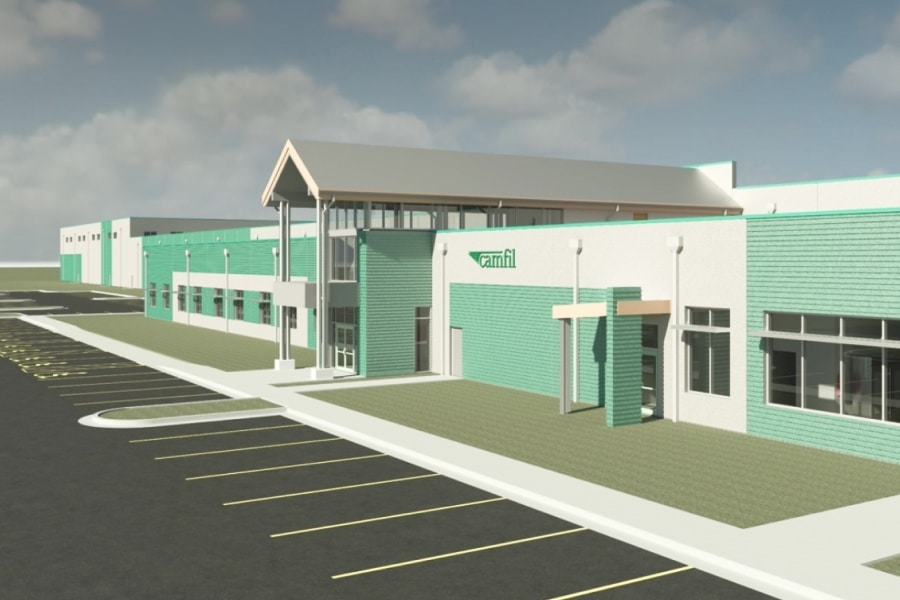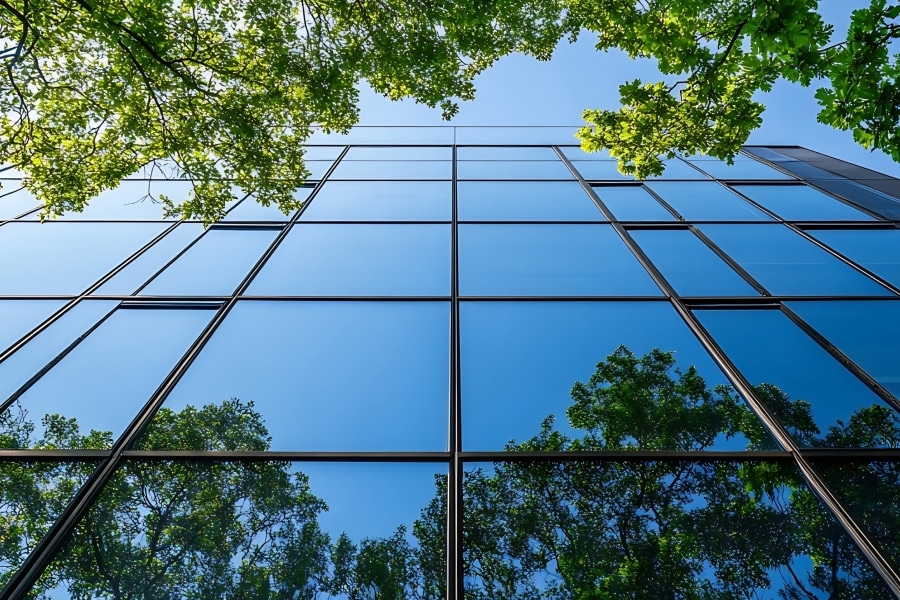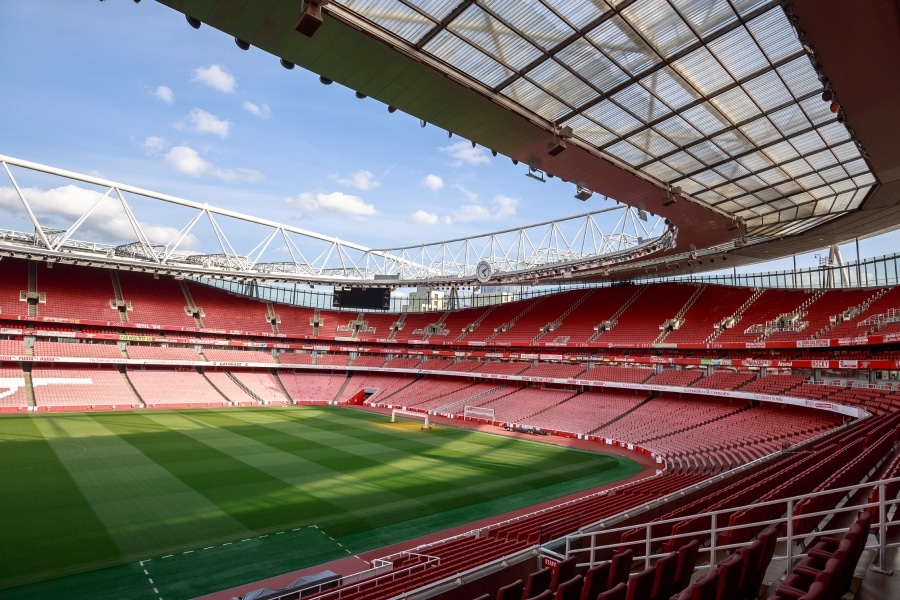For most in construction, architecture and engineering, creating new buildings means anticipating the everyday needs of the people who use them. Whether we build offices, commercial spaces or homes, construction is generally a practical field, more suited to the realities of ordinary life than wild flights of fancy or high-flying, adrenaline-filled thrills.
The rules are different, however, for theme park designers like Carlo Mazzonetto of Italian theme park design firm Team Park Project. Mazzonetto spends his days dreaming up functional spaces that aspire to fulfill visitors’ wildest dreams, transporting them to a space of play and adventure.
What does it take to be a theme park designer? Mazzonetto let Built in on some of the tricks of the trade.
The world of theme park design
One might imagine that a theme park designer would be someone who grew up loving every aspect of parks, from the concessions to the roller coasters. But for Mazzonetto, there was a little bit of a learning curve.
“I’ve always liked theme parks, although I’ve struggled with the more thrill rides in the past because of my vertigo,” Mazzonetto said. While he always loved visiting theme parks as a child, Mazzonetto never imagined his career would be devoted to designing them. The physical experience of visiting a park could be stressful; it was the last thing on his mind as he began his design career.
“I studied landscape architecture at university,” said Mazzonetto, who added he was drawn to the field for the comprehensive approach it offered to systemic design. However, Mazzonetto found that the academic problems he tackled as a student were rarely matched by the design challenges the real world had to offer. “Once I got into the workforce, I was never able to deal with projects of a similar scale to what I had studied so far,” he said. “I changed several jobs and studios, but I couldn’t feel at home.”
ALSO ON BUILT:
Mazzonetto felt his ambitions weren’t being satisfied by the limited scale of the projects he was tasked with, so when he received his first theme park construction commission, he jumped at the opportunity.
Despite his childhood aversion to roller coasters, Mazzonetto was drawn to the uniquely comprehensive opportunity theme park design created for him to dream up whole systems of movement, aesthetics and functionality that would transport the visitors of the parks he created to another world.
“When I was offered the chance to tackle theme park design, I felt it was my chance,” Mazzonetto said. “I put myself out there and found the kind of design I was looking for.”
The unique challenges of building a park
The comprehensive nature of theme park design that first drew Mazzonetto to his career is also what makes his work so difficult and rewarding.
One of the unique challenges of theme park design, Mazzonetto said, is dreaming up “the overall vision of the whole project.”
“The logics of flow need to be taken into account,” he continued, “providing answers to needs that the visitor does not yet know he or she has, and then the design needs to be created at the service of theming.”
Creating an intensively themed world of imagination means that the considerable logistical management that is required in the creation of a new park needs to be artfully hidden by the designer.
“One of the most essential skills of theme park design is understanding the operating logic of a park,” Mazzonetto said. “All those operational and logistical aspects that architecture has to take into account and that are not usually considered in civil design. Very often, the architect’s work is ‘invisible’ in parks, as it is full of scenography elements.”
This work of concealing the hidden operating logic of a new park means that theme park design needs to start with the big picture.
“One of the major lessons of theme park design that could be applied to other areas of construction is probably the integration of several different disciplines in the design process,” Mazzonetto said. “Architecture and engineering in the first place, as is already the case in traditional architecture, but also scenography, gardening, plant design, town planning, etc. In theme parks, all these disciplines are intertwined to guarantee the visitor an immersive experience. It would be nice if this kind of integration and result could be applied to our cities as well.”
How does the theme park design process work?
We had Mazzonetto take us through a typical project—although one of the first things he pointed out is that, when it comes to designing a new theme park, there’s no such thing as “typical.”
First, there’s the client relationships. Sometimes clients come to Mazzonetto and his team with a fully fledged park concept, while at other times Team Park Project has a more hands-on role in the ideation stage. “These are scenarios that can alternate or coexist,” Mazzonetto said. “It is usually our team that studies a theming proposal, which is then submitted to the customer. There is a whole design phase that aims to outline the thematic identity of the park.”
In this early stage of the design process, the TPP team works to create the identity of the new park from scratch.
“During the concept design phase, documents called mood boards are drawn up outlining the environmental references for each area of the park,” Mazzonetto said. “From these ideas, combined with the park storyboard, we arrive at all the visual decisions, such as colors, materials, lighting, music and other elements that create the atmosphere—that make the park a magical environment for the visitor.”
When creating a transportive environment for theme park visitors, Mazzonetto and the TPP team use techniques common in the world of theater or film production.
“Most of the work is done by scenography,” Mazzonetto said, a process the team uses to envision a fantasy space for theme park visitors to step into. “Just the fact of being in an environment with unusual buildings and constructions takes visitors into another world,” Mazzonetto added. “Then, of course, there’s the lighting effects, music, projections, video mapping and many other techniques. There are so many solutions to creating a memorable theme park environment.”
Once the design team has determined a visual identity for the new park, the logistical work can begin. “It is the design team that analyzes the location, the space, the budget and the target audience for the park and then makes all the necessary choices,” Mazzonetto said. “From the selection of attractions and skill games to the type of food points to be offered,” the team considers even the smallest aspects of how visitors will interact with the park.
Of course, engineering the successful flow of people through crowded spaces is one of the most important parts of designing a new park.
“The dimensioning of avenues, queue lines and park spaces is fundamental,” Mazzonetto said. “Mathematical diagrams are used to predict average attendance and peak visitor numbers in the park so that spaces can be sized correctly. Notable elements within the park, such as attractions, food points, kiosks, etc., and events like welcome and greeting shows, parades and show events, are positioned and programmed to govern flows.”
Combining the imagination to create a dreamy fantasy world, and the mathematical knowledge essential to creating a heavily trafficked space, theme park design fulfills the comprehensive approach to environmental design that Mazzonetto dreamed of as a student.
As for the roller coasters, Mazzonetto said he’s overcome his early aversion for the sake of his career. “I’ve made up for lost time,” Mazzonetto joked.












